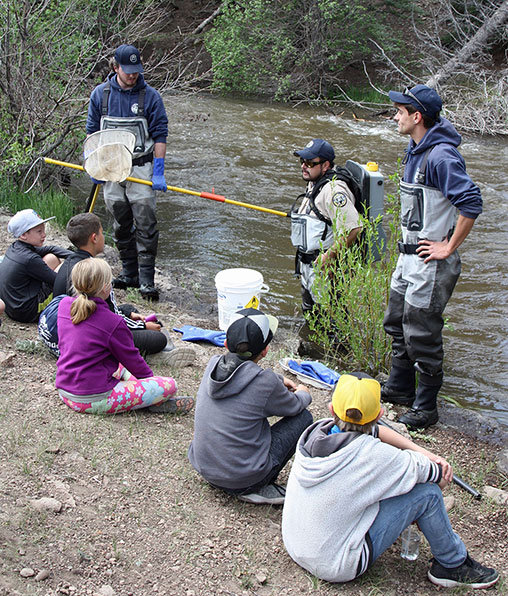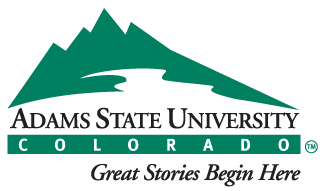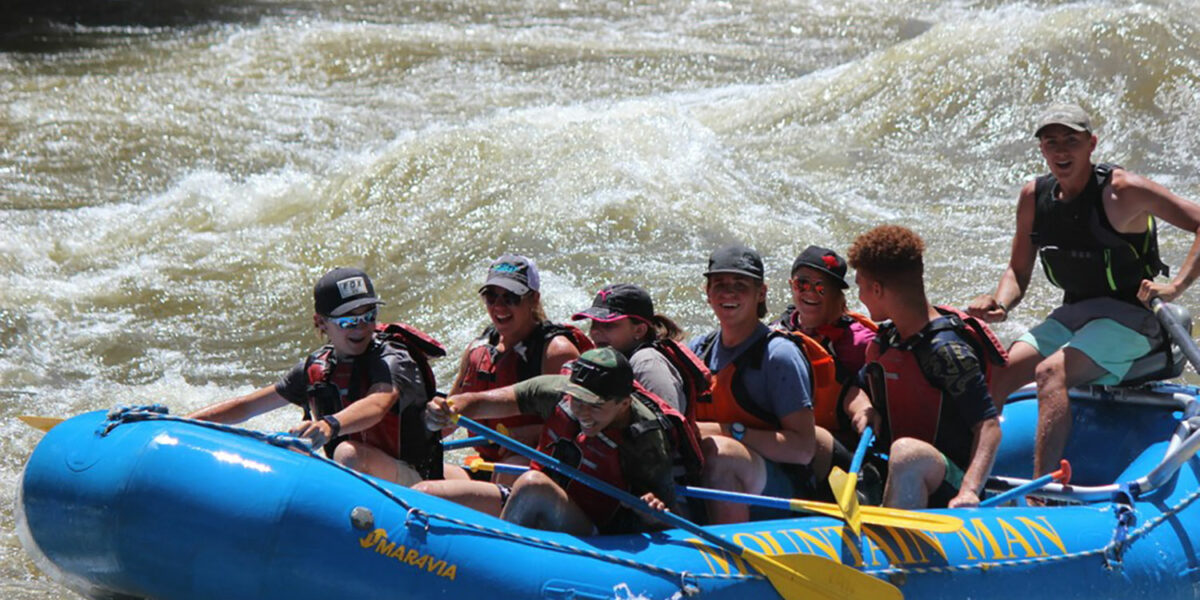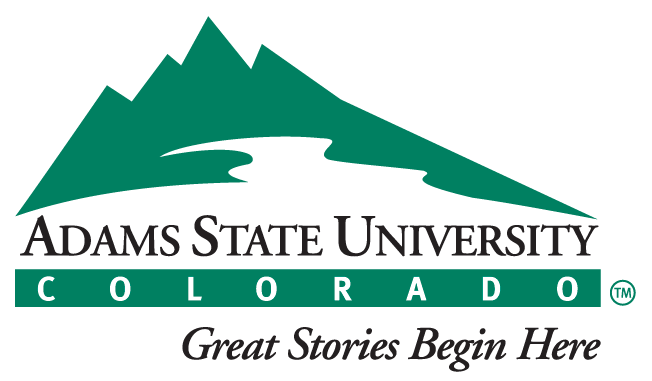Summer is a precious window of opportunity for outdoor adventures and activities, and at the 2019 Youth Conservation Camp facilitated by the Rio Grande Watershed Conservation & Education Initiative (RGWCEI), children ages 8-13 took advantage of the warm June weather to learn and play outdoors in the Rio Grande National Forest. Located at Beaver Creek Camp in South Fork, over 50 kids and their counselors spent June 11-13 engaging with topics of rangeland science, wildlife, forestry, soil and water, or hunter safety. Professionals from various agencies and organizations around the San Luis Valley provided lessons and activities including using wildlife cameras, catching insects, practicing camping etiquette, and playing an animal survival game. The camp participants met the people that measure snow on mountains, fight forest fires, delegate water from the river, raise livestock, and more. The professionals gave a glimpse of the complex work and dedication it takes to understand, protect, and properly utilize our natural world.

With partnerships as the focal point of the summer, RGWCEI also collaborated on a new program this year for teenagers. Spearheaded by the Adams State Adventure Program, the 2019 Teen Outdoor Stewardship Camp integrated outdoor recreation with ecological and historical water education across the Rio Grande Basin. Participants from around the San Luis Valley had the opportunity to engage with and enjoy many unique outdoor experiences. The camp included a variety of education and recreation initiatives. Using the watershed and its interaction with many user groups as a theme for camp, participants engaged with water in the Valley from many different perspectives: the Rio Grande Farm Park represented the importance of agricultural interests as campers experimented with floodplain and channel irrigation; they saw the wealth of recreation on the river by floating three different stretches of the Rio Grande; they experienced the intersection of water, wildlife and human impact at the Sand Dunes; and learned about the historical importance of the river and its compact obligations near the state line. From the New Mexico-Colorado border to the headwaters, participants experienced the overarching uses of our watershed as well as all the fun it has to offer.
Because of the following agencies and individuals who gave their time or were financial sponsors for these programs, Youth Conservation Camp & Teen Outdoor Resources camps were amazing and enriching experiences: Charmer Catering, Colorado Parks & Wildlife, US Forest Service Rio Grande National Forest, Valley Educational Gardens Initiative (VEGI), Rio Grande Noxious Weed District, Sol Mountain Farm, Natural Resources Conservation Service, SLV GO, Colorado Division of Water Resources, Alpine Achievers Initiative, Rio Grande Headwaters Restoration Project, Mosca Hooper Conservation District, Rio Grande Conservation District, Center Conservation District, Conejos Conservation District, and Costilla Conservation District, Mountain Valley Agribusiness, Neufeld Farms, Southern Colorado Farms, and Wenta Nip & Sanitizing, the Rio Grande Farm Park, Conejos Clean Water, Mountain Man Rafting, the Great Sand Dunes National Park and Preserve, and with generous financial sponsorship from the GOCO Generation Wild initiative. RGWCEI and Adams State University Adventure Programs are grateful for the wealth of knowledge and experience shared with our campers this summer.



